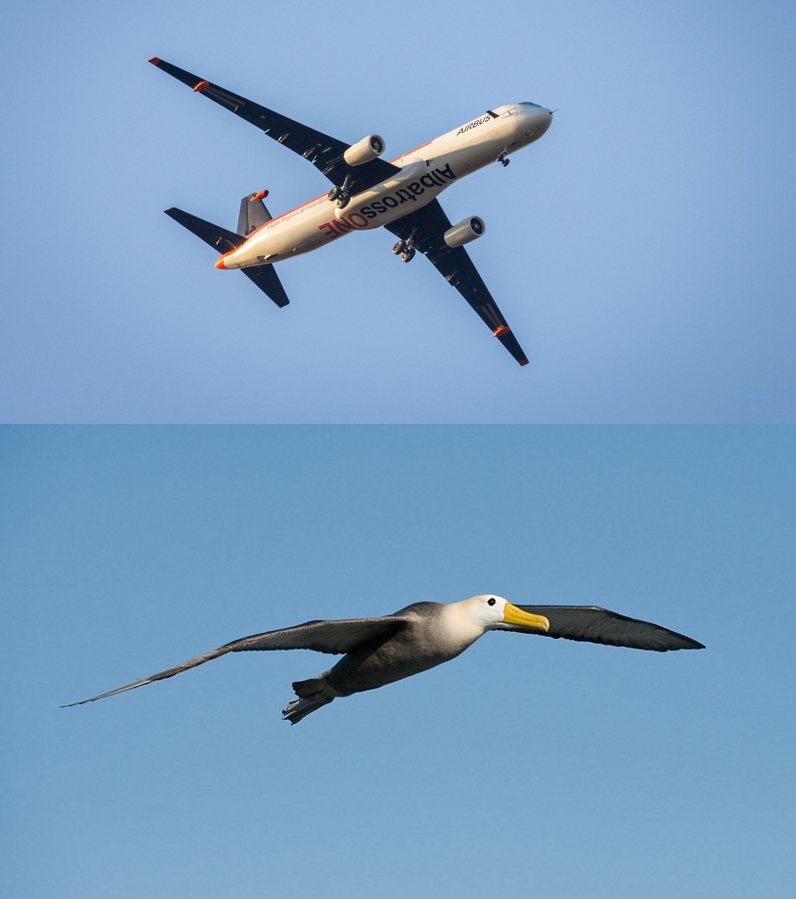
Biomimicry can elevate engineering designs by helping to make structures more efficient and enhance their functions. So, what is biomimicry?
Biomimicry is the notion of drawing inspiration from nature’s adaptations to their environments. This is then translated into engineering to solve human problems by imitating features of organisms and integrating them into engineering designs. It’s importance is highlighted through its advantages as it’s cost effective due to its usage of fewer resources, efficiency, and sustainability. The systems of nature tend to be more efficient; its mimicking can result in more eco-friendly designs. Let’s look at some examples!
Species of birds, bats and insects have evolved features that enhance their ability to generate as well as maintain lift. These features enable them to plunge and have sensing and maneuvering abilities. Researchers study the morphological traits of biological wings and apply them in designing aircraft.

An example of inspiration extracted from nature to design aircraft is mimicking birds like eagles, albatrosses, and geese. Their elongated wing shapes maximize lift and endurance. The albatrosses have wings that can ‘lock’ in at the shoulder so they can fly longer distances. This ‘locking’ system enables the birds to travel in windy weather without experiencing much fatigue. During wind gusts, they ‘unlock’ their wings for better maneuvering and navigation in various wind speeds. Airbus’ remote-controlled aircraft, the AlbatrossONE, with ‘semi-elastic’ hinged wing tips is a perfect example of this concept. The wing tips can move in reaction to wind gusts meaning it decreases the load, turbulence, and weight of the wing. All these benefits result in a more fuel-efficient aircraft!
![]() Another example is mimicking of the scales on a swordfish. This fish can reach speeds as high as 68 miles per hour and is one of the fastest in the ocean. Designers at Mclaren researched the scales on this fish, which produce tiny vortices. These generate a layer of bubbles around its body which reduces the drag force as it swims. Mclaren’s P1 hypercar requires a good amount of airflow to maintain engine cooling and combustion. Therefore, this concept was applied to the inside of the ducts that connect to the P1’s engine. This raised the airflow going into the engine by 17%, increased efficiency and performance of the vehicle.
Another example is mimicking of the scales on a swordfish. This fish can reach speeds as high as 68 miles per hour and is one of the fastest in the ocean. Designers at Mclaren researched the scales on this fish, which produce tiny vortices. These generate a layer of bubbles around its body which reduces the drag force as it swims. Mclaren’s P1 hypercar requires a good amount of airflow to maintain engine cooling and combustion. Therefore, this concept was applied to the inside of the ducts that connect to the P1’s engine. This raised the airflow going into the engine by 17%, increased efficiency and performance of the vehicle.

